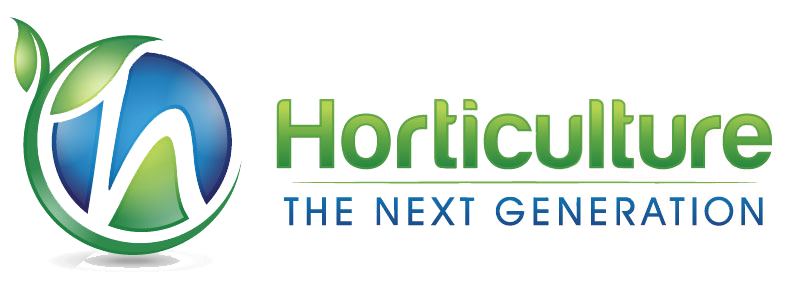Our businesses are becoming more complex. In today’s environment, I have coined the term “V squared” to explain that the business environment is “Volatile” (more complex) and is accelerating to an unprecedented “Velocity.”
These factors magnify the challenges for today’s horticulture businesses and push owners and managers to think of how to be ahead of the curve and how to successfully adapt their businesses to address these emerging trends.
There are a number of emerging trends that I believe will significantly impact on Australian horticulture in the coming years, however, I have chosen 5 key trends that I believe will create opportunities for entrepreneurial horticulture businesses.
Trend 1 – iRobot
As growers seek to reduce labour costs, increase productivity and improve quality, robotics and precision agriculture will make an increasing contribution to Australian horticulture.
We are already using robots in small scale manufacturing and in our homes (robot vacuum cleaners), and they will soon be introduced into harsher on-farm environments and packing sheds. We often think of robots as large and cumbersome but the robots of the near future will small, agile, economical and single task focused. These robots will be used for repetitive tasks and will replace large machinery and/or unskilled labour. In fact, the job of the future is already here…there is now a job description in the US known as the “Robot Wrangler“, which refers to a person that organises and coordinates a team of robots.
How do you think robots will shape your business?
Trend 2 – Sensory Overload
As robots become part of the industry, we will also see a proliferation of sensors and scanners to collate date that you will need to manage your business. These sensors will be integrated with each other and provide information on a diverse range of parameters from: weather, climate, growth, soil, water, power, quality to labour and machinery movements. We now have affordable UAVs mounted with various sensors to provide real-time data on our farms. Scientists are even attaching micro-sensors to bees to track activity and gain new insights (yes… bees!)
All these sensors will produce terabytes of data in the average business and the real challenge will be converting all the data into useful information to assist decision making in your business. Pundits are calling this syndrome “Big Data” and it is impacting business at all levels.
How will you use your information for more efficient and quality decision making?
Trend 3 – Interconnectivity
With the expansion of technology driven by smart phones and tablets, cloud computing and fast mobile internet, our robots, sensors and computers can become one large integrated information system.
This technology is already relevant in horticulture with computer controlled fertiliser spreaders that link to farm maps providing variable rate application across the farm. It also extends beyond the farm gate to connecting with consumers through specific marketing activities and promotions via social media, video and live webcams (as seen at http://www.farmpride.com.au) to show consumers where their food comes from.
How can you use this interconnected technology in horticulture?
Trend 4 – Wellness, health & food safety
Savvy consumers are looking for stronger connections to their food sources as their focus on wellness, health and food safety collide. How will you take the opportunity to engage with consumers? Explain the provenance of your food. Tell amazing stories about your family and its relationship to the products you produce. Promote low input, natural production systems and focus on eating quality.
However, as 80% of produce in Australia is old through the major supermarkets, individual branding opportunities are limited – so these opportunities are not for everyone. As a business owner and manager, you will need to think about your Business Model and how you can engage more directly with consumers.
How will your business engage directly with consumers?
Trend 5 – The Urban Consumer
The rise of urban consumers in Australia creates fantastic opportunities for businesses engaged in areas that are integrated with meal assembly(eg. taco kits), smaller portions and convenient packaging. These consumers don’t want bulk packaging of fruit and vegetables as they don’t have the storage in their units – they need single and double serve portions conveniently packaged. Portions that they can buy fresh daily as part of their commute to and from work.
And the opportunities are not limited to food, As many urban consumers live in inner-city terraces and apartments with limited space, there are also opportunities for smart businesses to create vertical, rooftop and balcony garden kits and specialised plant varieties for people who want to grow their own food and greenery to break up the urban environment.
How will your business engage with the urban consumer?
These are only 5 of the many trends that impact horticultural businesses where I can see unique opportunities for Australian businesses to meet the market, be truly innovative and to optimise business returns.
Review these and other emerging trends in your industry and develop clear strategies for how you can leverage them to create competitive advantages for your business.
It won’t be easy – business rarely is.
I am interested in how you see we can take advantage of these trends and also what others you see as trends that will change the shape of our industry. Share your insights with me.
